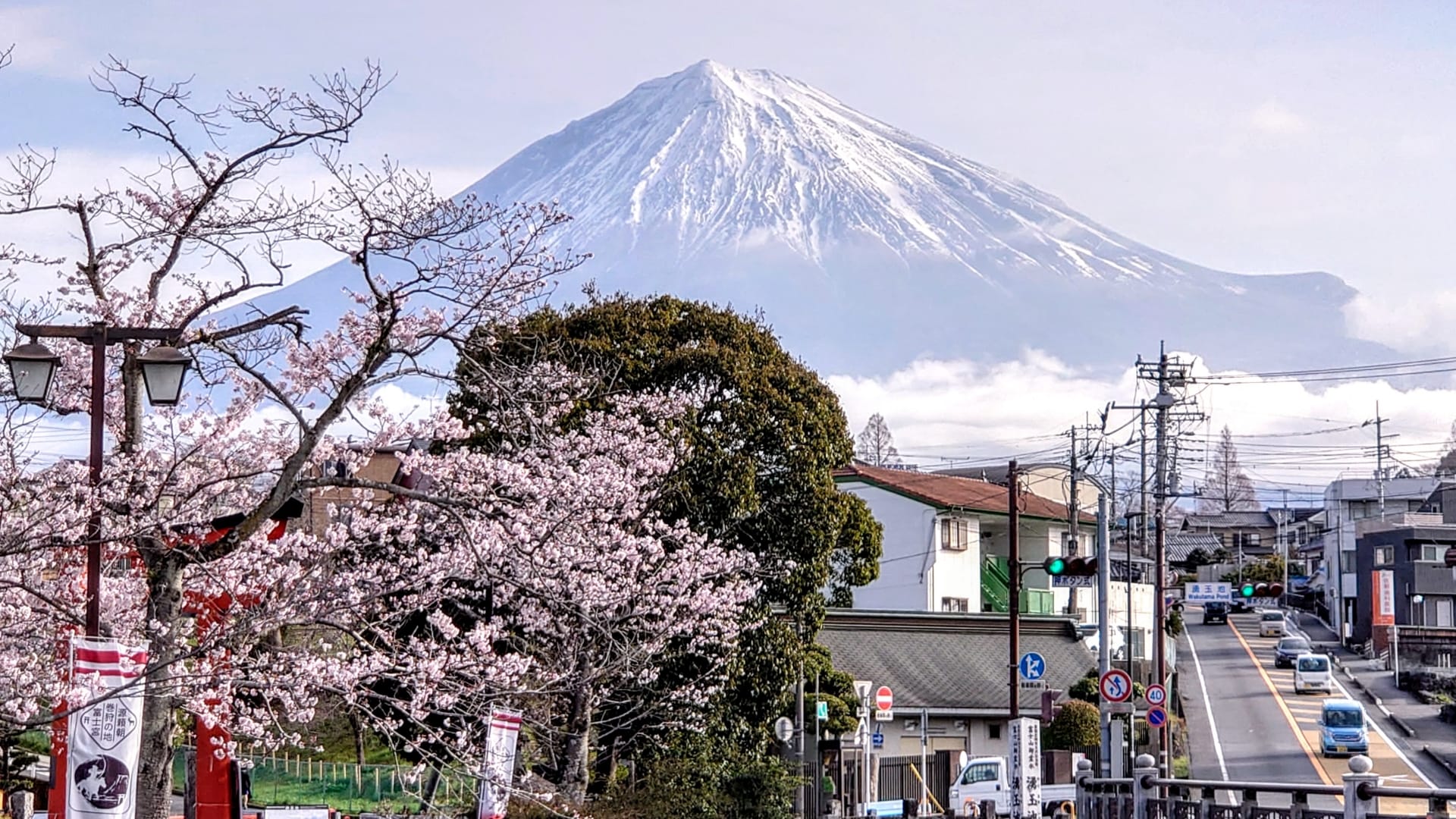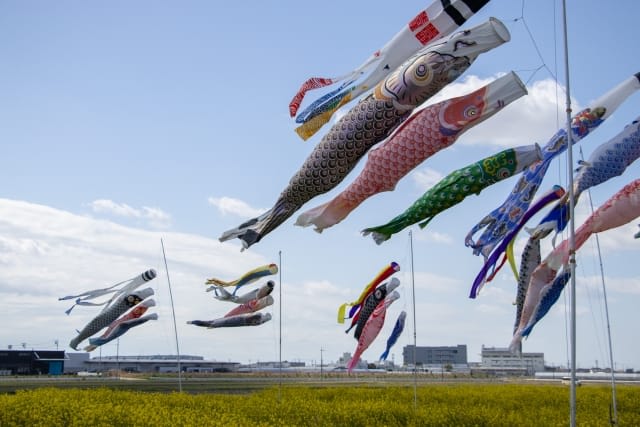Mount Fuji in Spring: Complete Guide to Cherry Blossoms, Events & Activities 2025
Mount Fuji, a symbol of Japan, attracts countless tourists who visit Japan specifically to witness its majestic presence. However, given Mount Fuji's massive size and the numerous tourist attractions scattered around its vicinity, we've created this guide to help you explore the Mount Fuji area efficiently.
Additionally, Magical Trip, which won the #1 spot for all tours on Tripadvisor in 2024, has recently launched the Mount Fuji tours.

The "Mt. Fuji Full-day Nature Guided Tour with a Private Chartered Car & Guide" offers a stress-free experience exploring the Mount Fuji area, complete with private car transportation from Tokyo.
Even if you have limited time to explore the Mount Fuji region, this tour allows you to visit all the must-see spots with detailed guidance from your tour guide.
If you're interested in efficiently experiencing the essential locations while gaining deep insights from a knowledgeable local guide who knows the area inside and out, we highly recommend joining the "Mt. Fuji Full-day Nature Guided Tour with a Private Chartered Car & Guide."
We hope you'll have a wonderful time experiencing everything Mt.Fuji has to offer by joining a Magical Trip tour!
Introduction
I've been visiting the Mt. Fuji area for over 10 years, and the charm of Mt. Fuji in spring is exceptional.
The contrast of the pale pink cherry blossoms, the white of the remaining snow, and the deep blue of the mountain's slopes is breathtaking.
However, timing is crucial for encountering this spectacular view. The cherry blossom blooming period varies greatly from year to year, and there are also differences in blooming due to elevation, so advance planning is essential. Moreover, spring weather is unstable, and Mt. Fuji is often hidden by clouds.
Still, in the Mt. Fuji area during this season, not only cherry blossoms but also various flowers such as moss phlox, rape blossoms, and tulips are in full bloom, and you can also enjoy the fresh green leaves. Another attraction is that the temperature is milder compared to mid-winter, making it easier for sightseeing.
In this article, I, a Japanese person who has visited Mt. Fuji in spring many times, will introduce you to the spring attractions that will allow you to fully experience the charm of this World Heritage area.
Table of Contents
・Spring Highlights in the Mt. Fuji Area
・When is the Best Time to See Cherry Blossoms in the Mt. Fuji Area?
・Access from Tokyo to Mt. Fuji
・Recommended Sightseeing Spots for Mt. Fuji in Spring
・Spring Events at Mt. Fuji
・Spring Cuisine at Mt. Fuji
・Frequently Asked Questions about Mt. Fuji in Spring
Spring Highlights in the Mt. Fuji Area
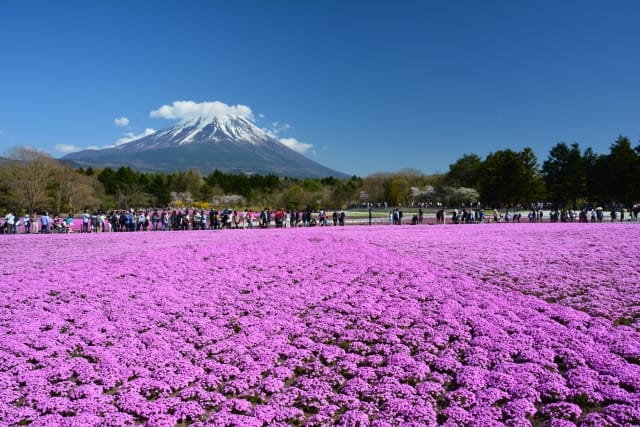
What I find particularly moving is the collaboration of Mt. Fuji and cherry blossoms. Especially at Arakurayama Sengen Park, you can enjoy a competition of Japanese traditional beauty with a five-story pagoda, cherry blossoms, and Mt. Fuji all at once. This scenery has become a popular spot visited by photographers from all over the world.
In terms of climate, it's a season that's easier for sightseeing compared to mid-winter. It's neither too warm nor too cold, making it comfortable for long hours of sightseeing. However, the period when cherry blossoms are at their best is relatively short, so prior planning is essential.
Don't worry if you miss the cherry blossom season. My recommendation is the spring flowers such as moss phlox, rape blossoms, and tulips. Especially at the Fuji Shibazakura Festival, the contrast between the pink carpet-like flowers and Mt. Fuji is spectacular.
Furthermore, from late April, the season of fresh green leaves begins, and the contrast between the vivid green of young leaves and Mt. Fuji is also attractive.
When is the Best Time to See Cherry Blossoms in the Mt. Fuji Area?
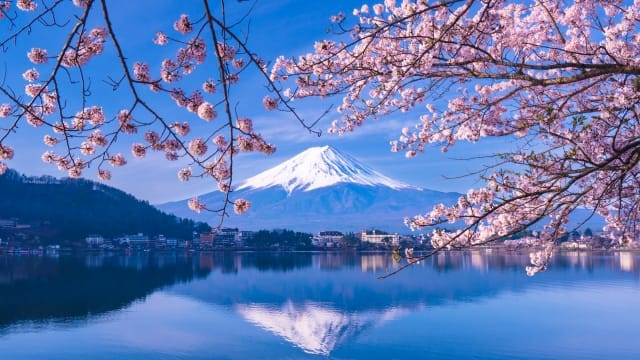
From my experience, cherry blossoms in the Mt. Fuji area are typically at their best from early to mid-April. This is about 1-2 weeks later than in Tokyo.
However, due to the significant differences in elevation around Mt. Fuji, the blooming time varies depending on the location. For example, it's not uncommon for there to be a difference of about a week in blooming time between the Lake Kawaguchi area and the foothills.
Also, the blooming time can vary greatly depending on the weather conditions of that year. To ensure you enjoy the cherry blossoms, I recommend frequently checking the blooming information on the official websites of each spot or the tourist association's website.
Access from Tokyo to Mt. Fuji
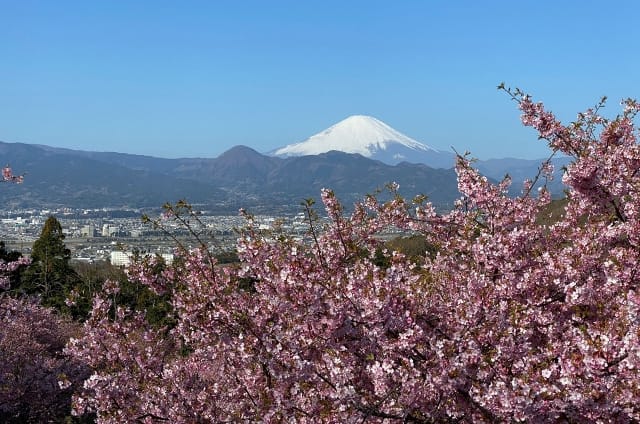
First, the most convenient method is by express bus. If you use a direct express bus from Shinjuku Station, you can reach the Mt. Fuji area in about 2 hours. The seats are comfortable, and you can enjoy the scenery from the window.
If you use the train, you can take the Shinkansen from Tokyo Station to Mishima Station, and then transfer to a train bound for the Mt. Fuji area. Another popular route is to take the JR Chuo Line to Otsuki Station, then transfer to the Fujikyuko Line towards Lake Kawaguchi.
If you use a rental car, you can arrive in about 2.5 hours from Tokyo. This is especially recommended for those who want to efficiently visit cherry blossom spots. You can freely tour sightseeing spots and flexibly change your plans according to the weather and cherry blossom conditions.
For foreign tourists, I also recommend guided tours. Even if you're not confident in Japanese, you can efficiently visit famous places. When I guided my foreign friends, the tours were very well-received.
Recommended Sightseeing Spots for Mt. Fuji in Spring
There are spectacular spring viewing spots scattered around Mt. Fuji. I'll introduce you to some particularly recommended places that I've carefully selected after visiting many times.
Arakurayama Sengen Park
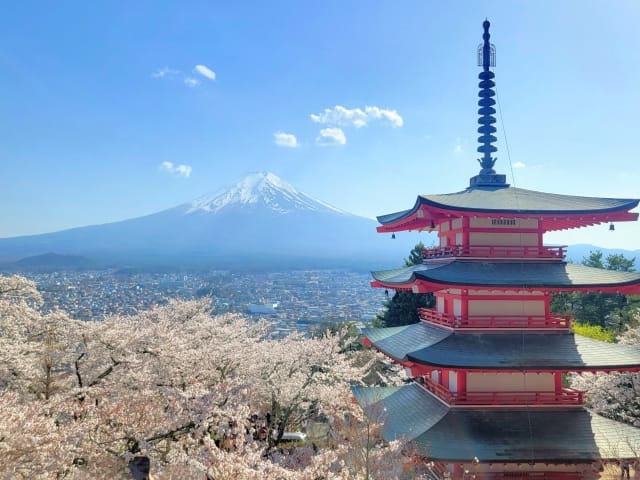
This is the spot I most recommend to foreign tourists. It has become famous worldwide as a spectacular spot where you can photograph a five-story pagoda, cherry blossoms, and Mt. Fuji all at once. The observation deck, which was renovated in 2022, has become more spacious and easier for taking photos.
You need to climb about 400 steps, but it's well worth it. I recommend visiting early in the morning. The contrast of the five-story pagoda, cherry blossoms, and Mt. Fuji illuminated by the morning sun is perfect for taking the best photos. Also, there are fewer tourists, allowing you to enjoy the scenery at your leisure.
Lake Kawaguchi・Mt.Fuji Panoramic Ropeway
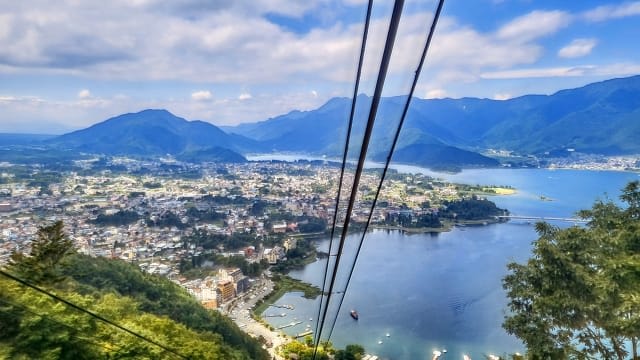
From the summit station at an elevation of 1,075m, a breathtaking panorama spreads out. Especially in spring, it becomes the best viewpoint for overlooking the cherry blossoms around Lake Kawaguchi and Mt. Fuji. The affordable round-trip fare of 1000 yen is also attractive.
I recommend taking the first ropeway in the morning. The view of Mt. Fuji towering in the morning mist and the cherry blossoms illuminated by the morning sun is exceptional.
Also, in the evening, you can see Mt. Fuji dyed by the setting sun, allowing you to enjoy Mt. Fuji's changing expressions throughout the day.
Website: https://www.mtfujiropeway.jp/en/
Oshino Hakkai

The eight spring ponds registered as a World Heritage site become even more attractive in spring. The surrounding cherry blossom trees are beautiful, harmonizing with the traditional Japanese water village landscape.
A feature is that you can closely observe the spring water from Mt. Fuji gushing out, and the water clarity is surprisingly high. What never fails to impress me, no matter how many times I visit, is the beauty of this clear water.
Also, the surrounding area is rich in eateries using local ingredients, where you can enjoy Yamanashi's local cuisine.
Oishi Park

Located on the shores of Lake Kawaguchi, Oishi Park shows beautiful scenery throughout the four seasons, but spring is not to be missed. The sight of colorful flowers blooming with Mt. Fuji in the background is breathtaking.
What I particularly like about this place is that you can enjoy it even after the cherry blossom season. The collaboration of Mt. Fuji with various spring flowers that bloom one after another, such as tulips and nemophila, each has a different charm. Also, the view from the waterside, taking advantage of its location on the shores of Lake Kawaguchi, is ideal for photography.
While the tourist spots I've introduced so far are my top recommendations, they're located in different areas, which might make it challenging to plan your own itinerary. That's why I recommend joining the "Mt. Fuji Full-day Nature Guided Tour with a Private Chartered Car," led by guides who know the Mt. Fuji area inside and out.
The tour includes round-trip transportation from Tokyo and takes you to all the must-see spots around Mt. Fuji. Some routes even include visits to Oshino Hakkai and Arakurayama Sengen Park!
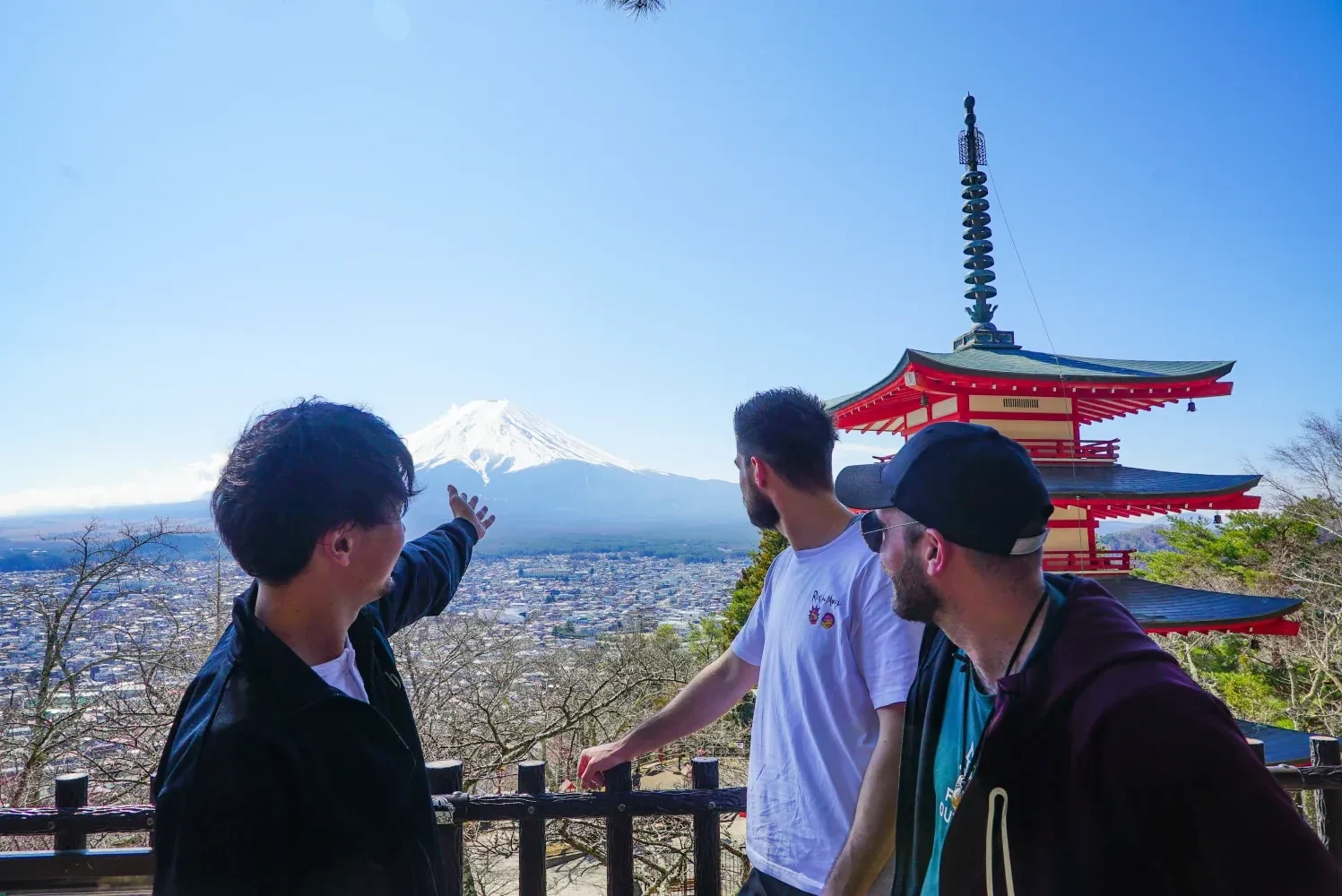
Spring Events at Mt. Fuji
In the Mt. Fuji area in spring, numerous events are held to enjoy seasonal flowers, especially cherry blossoms. I'll introduce you to some representative events that I look forward to every year.
Fuji Kawaguchiko Cherry Blossom Festival
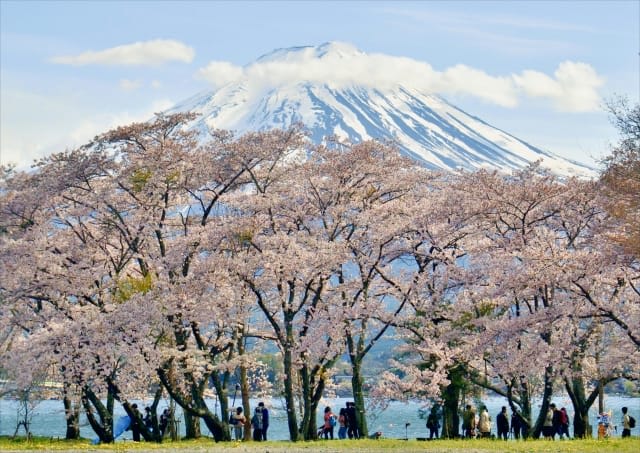
This is a spring tradition of Lake Kawaguchi, typically held from late March to late April. The night cherry blossom illumination on the north shore of Lake Kawaguchi is particularly magical, and I visit every year with my camera. The collaboration of Mt. Fuji and cherry blossoms in an atmosphere different from daytime is worth seeing.
During the festival period, many stalls selling local gourmet food are set up, where you can enjoy Yamanashi's local cuisine and special menus using local ingredients. I recommend checking the official website for the specific dates for 2025.
Website: https://fujisan.ne.jp/en/
Fuji Shibazakura Festival

This event, held from mid-April to late May, features a breathtaking carpet of about 500,000 moss phlox plants in various colors. What I particularly love is the view of pink moss phlox spreading out with Mt. Fuji in the background in the morning mist. It has become a popular scenic spot among photography enthusiasts.
In 2024, a new area themed on "Peter Rabbit" was established, attracting a lot of attention. While the specific content for 2025 hasn't been announced yet, further evolution is expected. I recommend checking the official website for the latest information.
Website: https://www.fujimotosuko-resort.jp/en/
Spring Cuisine at Mt. Fuji
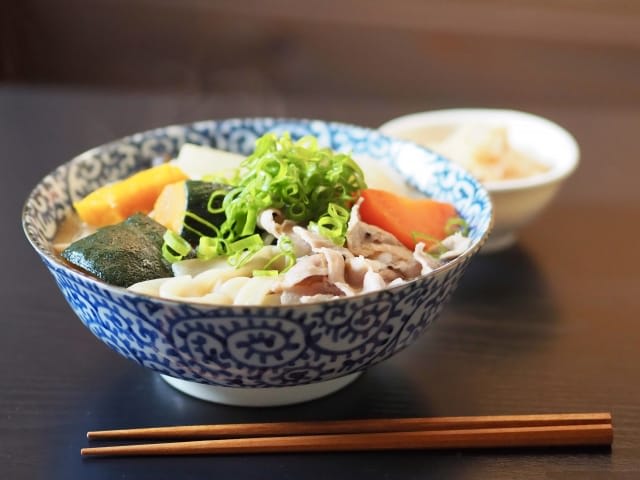
In the Mt. Fuji area in spring, you can enjoy seasonal flavors. What I recommend is local cuisine using local spring vegetables and wild plants. Tempura of wild plants such as angelica tree buds and bracken is enjoyable for its fresh taste unique to local ingredients.
Also, don't miss the cherry blossom-themed Japanese sweets that appear only during this season. I recommend Japanese sweets like sakura mochi and sakura daifuku that make you feel spring both visually and in taste.
And if you visit the Mt. Fuji area, you absolutely must try "Houtou". It's a local dish characterized by thick noodles in a hot soup full of vegetables, perfect for the spring season with its temperature fluctuations. It's often arranged with seasonal vegetables in spring, so please give it a try.
Frequently Asked Questions about Mt. Fuji in Spring
I'll answer questions I often receive from foreign tourists visiting Mt. Fuji, based on my experience.
What's the Appropriate Clothing for Mt. Fuji Sightseeing in Spring?
From my experience of touring around Mt. Fuji for over 10 years, I can say with certainty that the most important thing in choosing spring clothing is "layering". This is because spring in the Mt. Fuji area is characterized by very large temperature differences between morning/evening and daytime.
I recommend always bringing warm clothing such as a lightweight down jacket or fleece. Especially at observatories and high places, it's often windy, so protection against the cold is essential. Furthermore, by layering clothes that are easy to put on and take off, such as long-sleeved shirts and thin sweaters, you can flexibly adapt to temperature changes.
For shoes, sneakers or light trekking shoes are best. There are spots with many stairs, like Arakurayama Sengen Park, so ease of walking is an important point.
Also, there are surprisingly many days with strong sunlight, so a hat and sunglasses are necessities. I recommend carrying a folding umbrella as well. Spring weather can change suddenly, and you need to be prepared for unexpected rain.
Are There Any Discount Passes for Foreigners?
For foreign tourists, very advantageous transportation passes are available. I especially recommend the following two:
First, the "Mt. Fuji and Fuji Five Lakes Passport" is a very convenient pass that allows unlimited rides on local buses, sightseeing buses, and the Fujikyuko Line in the Mt. Fuji and Fuji Five Lakes area for two days. It's economical and recommended especially for those planning to visit multiple sightseeing spots.
Next, the "Fujikyuko Express Free Ticket" is a beneficial ticket that allows free rides on the Fujikyuko Line for two days. It's convenient for moving between major sightseeing spots such as Mt. Fuji Station and Kawaguchiko Station.
These passes can be purchased by presenting your passport. The high convenience of these passes has been well-received among my foreign friends as well.
Spring at Mt. Fuji is the season when you can most beautifully enjoy Japan's iconic landscape. The flowers such as cherry blossoms and moss phlox, the snow-capped peak, clear air, and mild climate captivate visitors.
From my experience of touring for over 10 years, the most important things for Mt. Fuji sightseeing in spring are "timing selection" and "advance planning". I recommend making a flexible schedule considering the cherry blossom blooming period and weather conditions.
Also, by using the transportation passes introduced in this article, you can efficiently and economically tour sightseeing spots. Enjoy the different expressions of Mt. Fuji at different times of the day, such as departing early in the morning to avoid crowds or enjoying the evening illumination.
Mt. Fuji is a mountain that shows various expressions depending on the viewing angle, time of day, and season. Spring, in particular, is one of the seasons when its beauty stands out.
I hope this article helps you create your own special encounter with Mt. Fuji!
